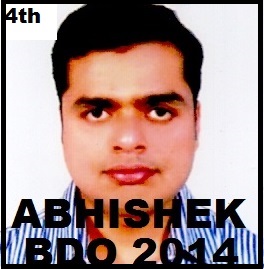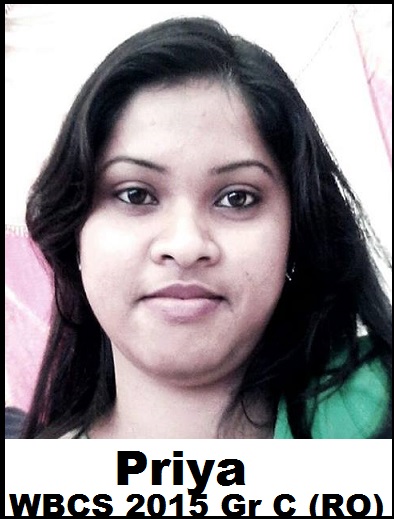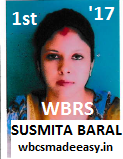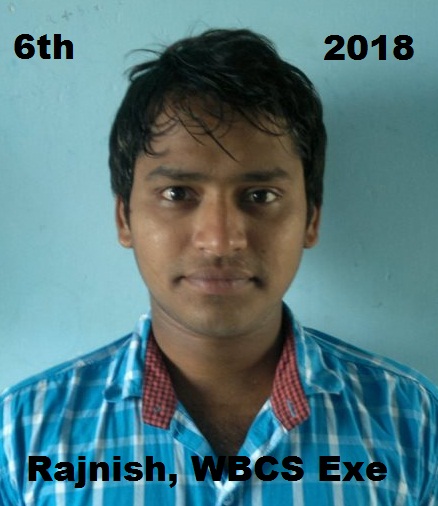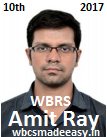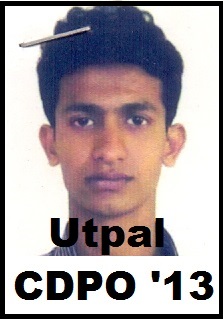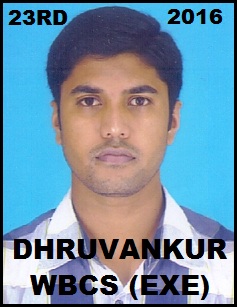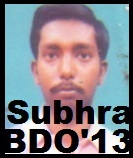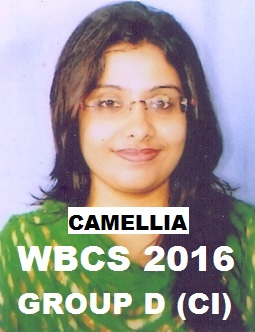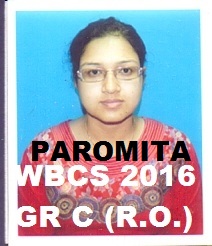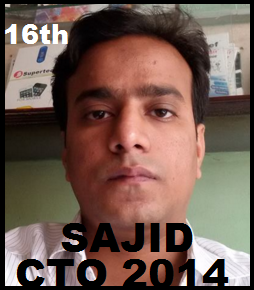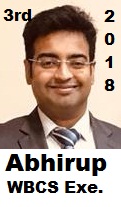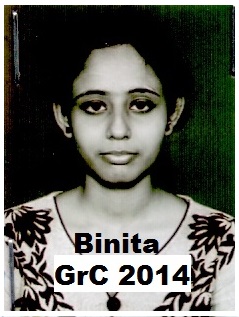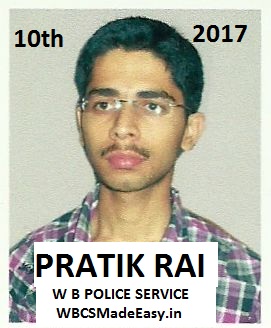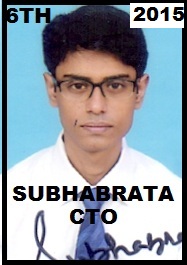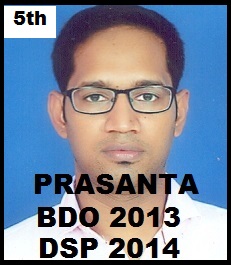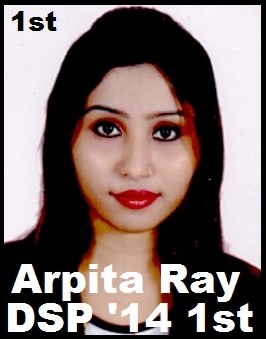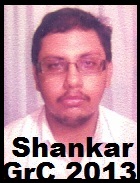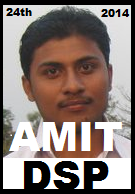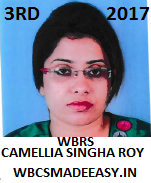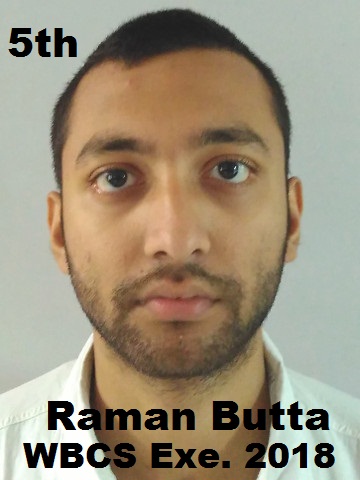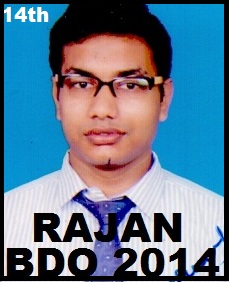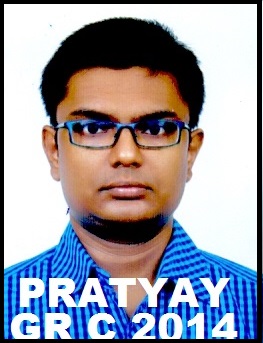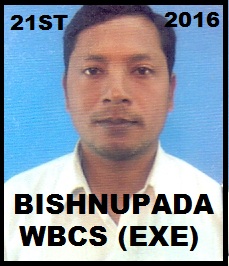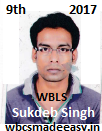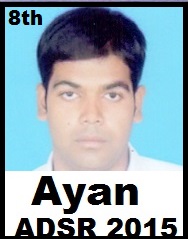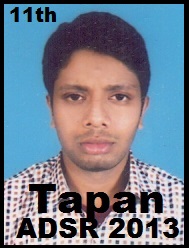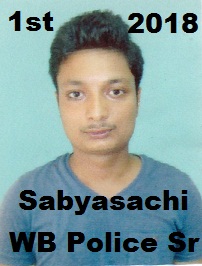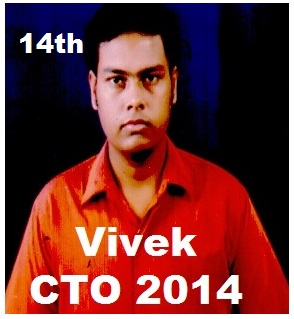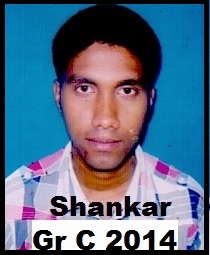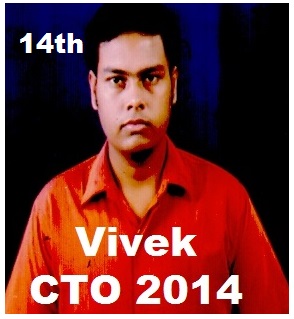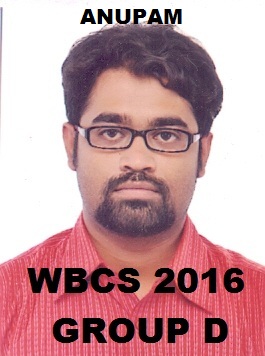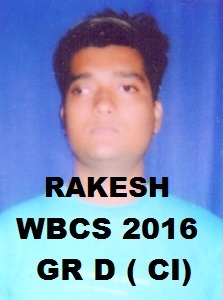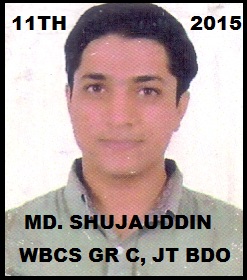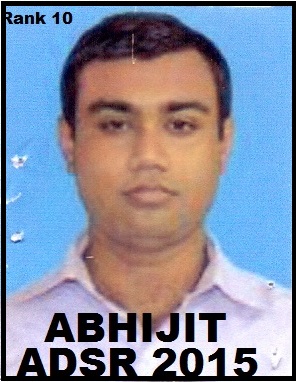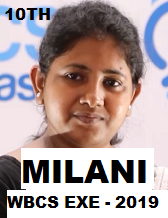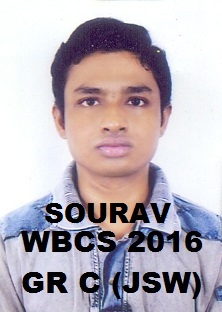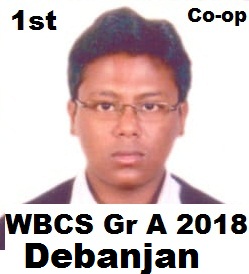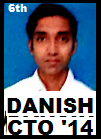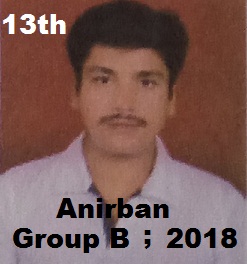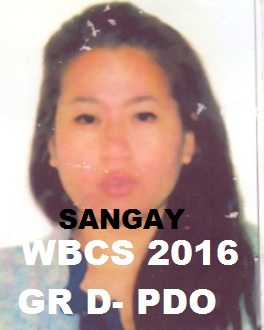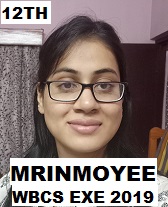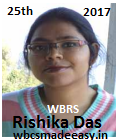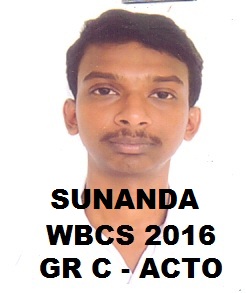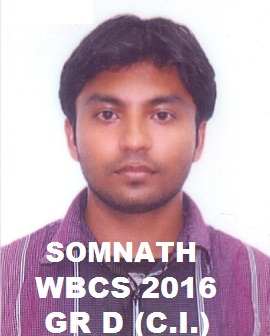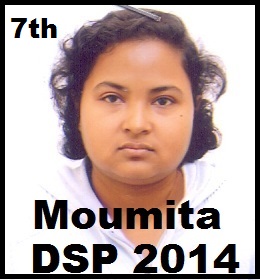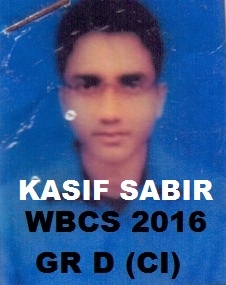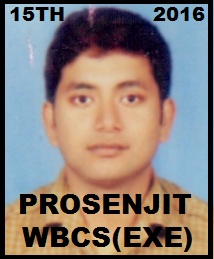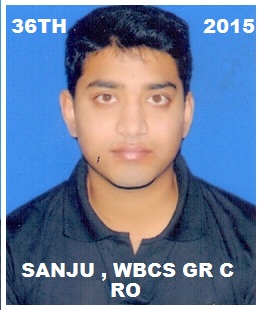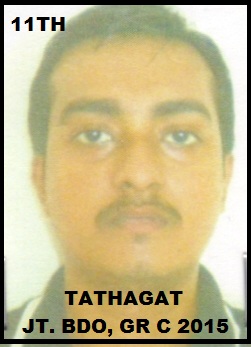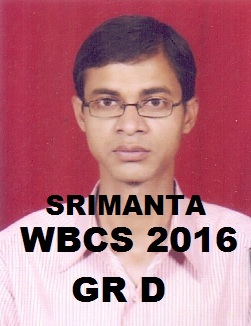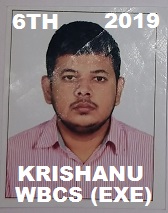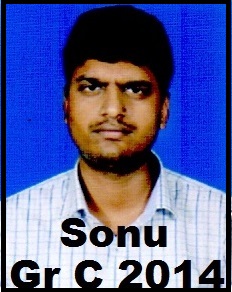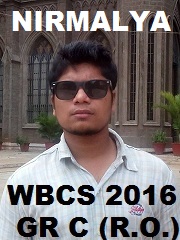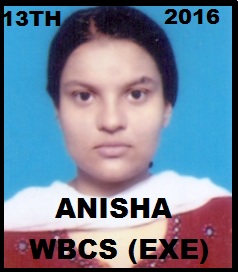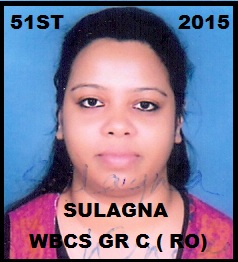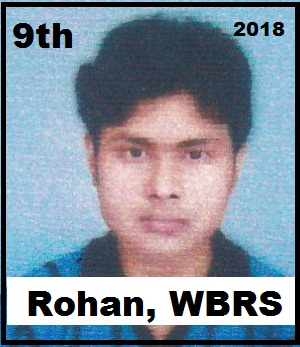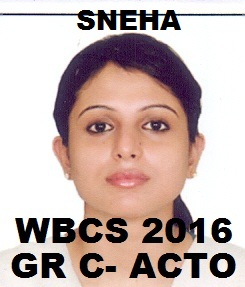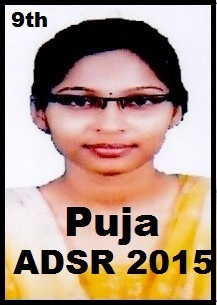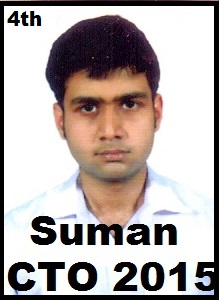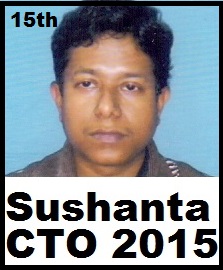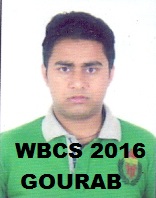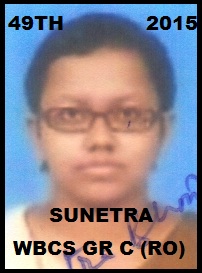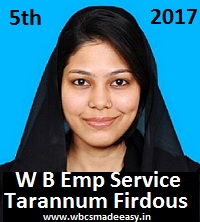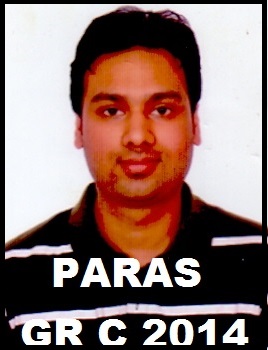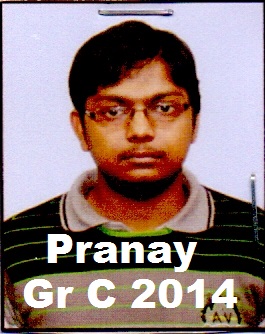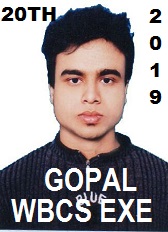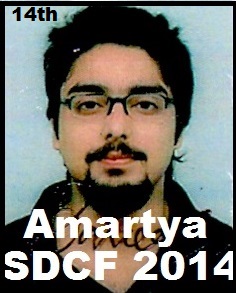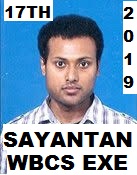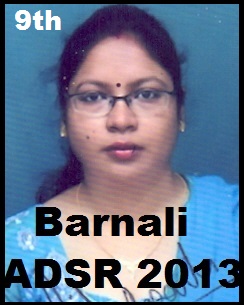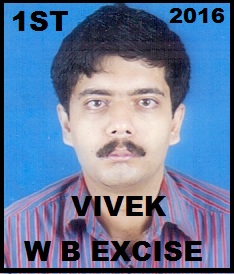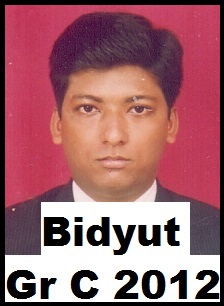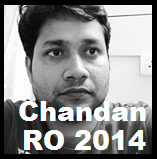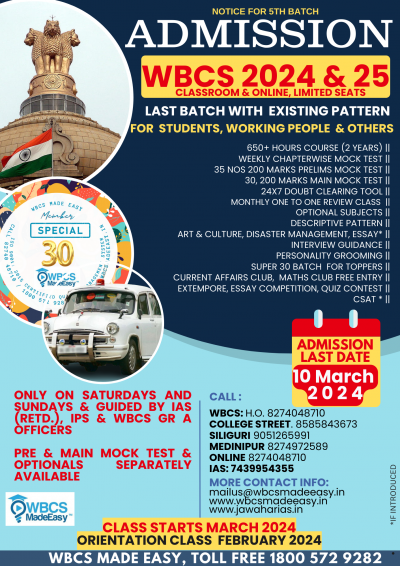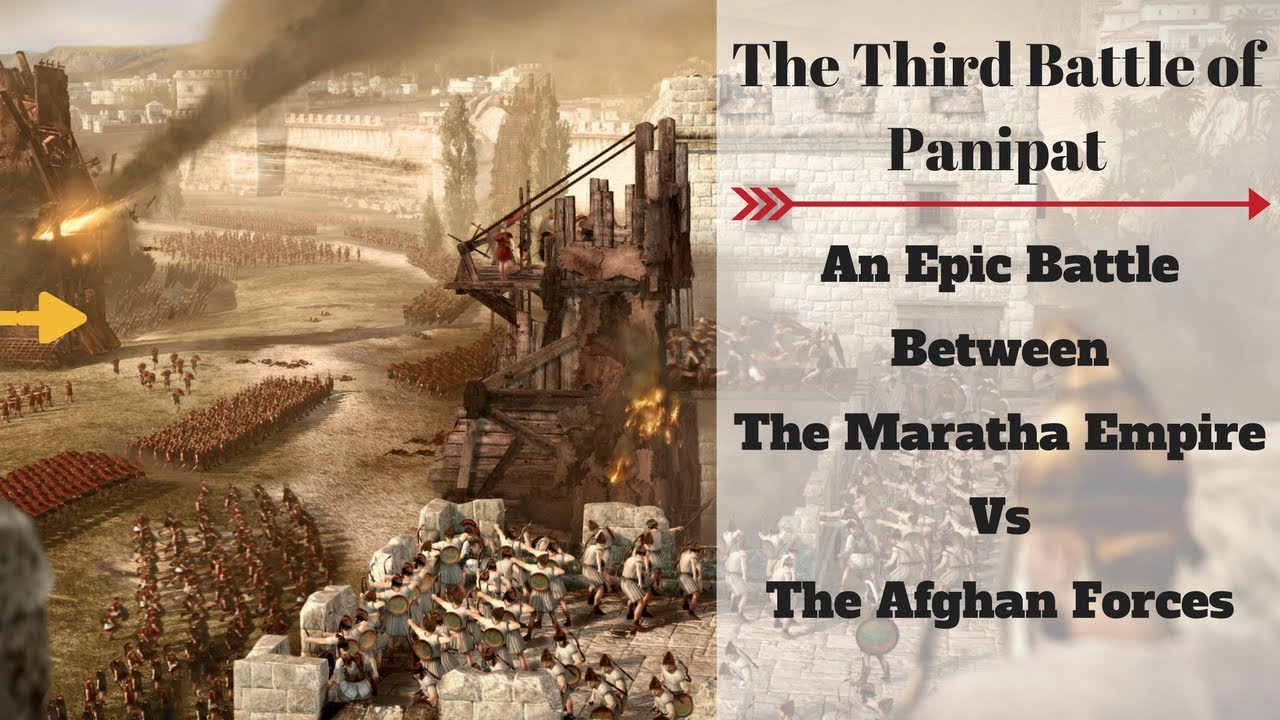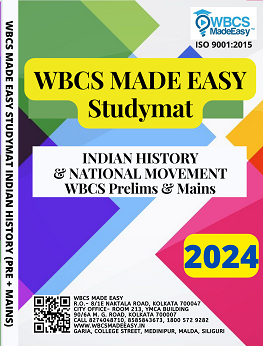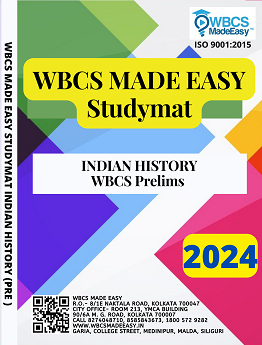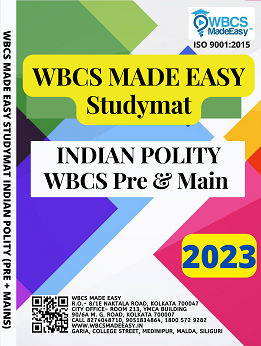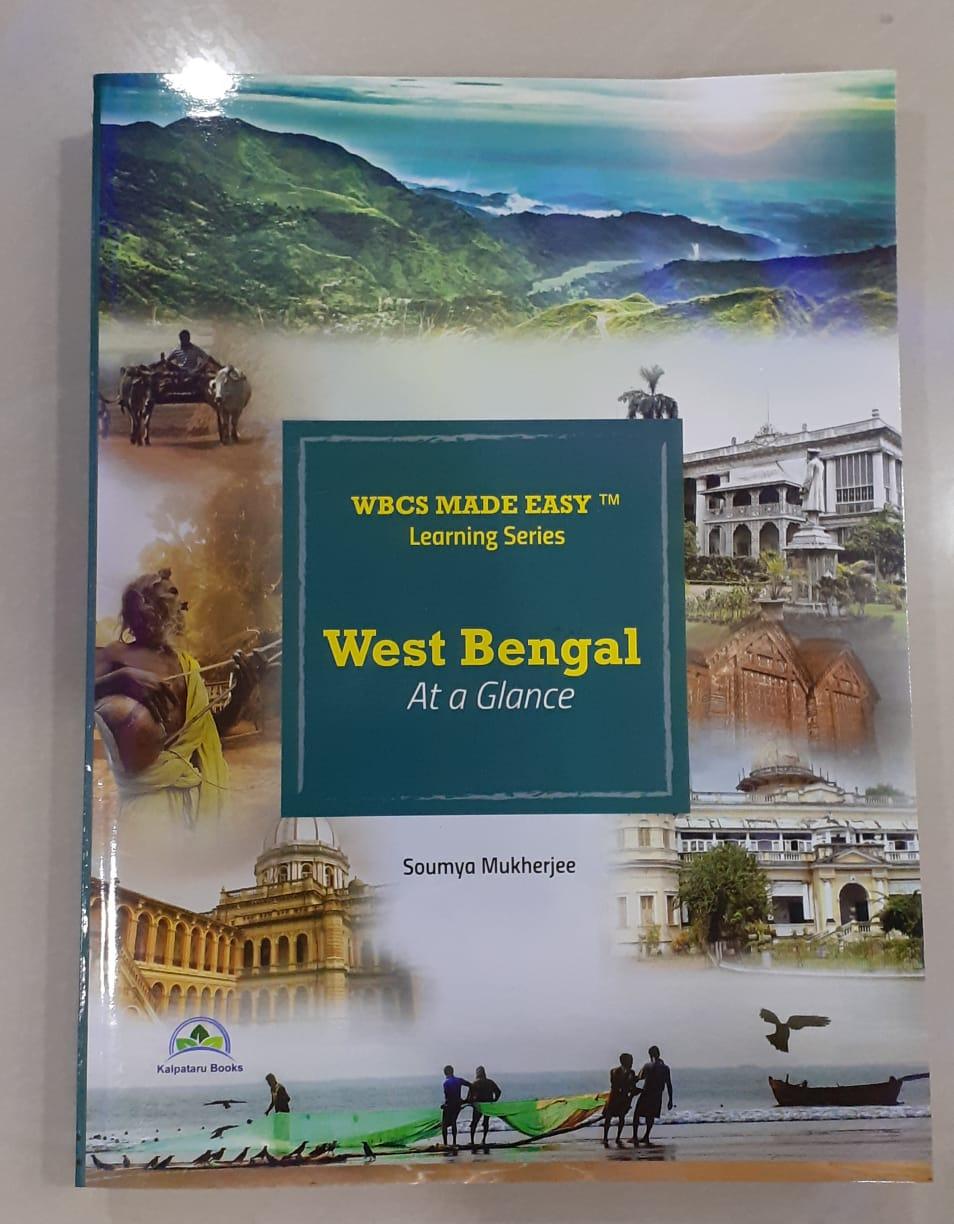Third Battle of Panipat-Indian History Notes For W.B.C.S Examination
The Third Battle of Panipat took place on 14 January 1761, at Panipat (Haryana State, India), about 60 miles (95.5 km) north of Delhi. The battle pitted the French-supplied artillery and cavalry of the Marathas against the heavy cavalry and mounted artillery(zamburak and jizail) of the Afghans led by Ahmad Shah Durrani, an ethnic Pashtun, also known as Ahmad Shah Abdali. The battle is considered one of the largest battles fought in the 18th century.Continue Reading Third Battle of Panipat-Indian History Notes For W.B.C.S Examination.
1st Battle of Panipat : Babur Defeated Ibrahim Lodi at 1526
2nd Battle of Panipat : Akbar Defeated Hemu at 1556
- Fought between: Maratha Empire and Durrani Empire (Afghanistan)
- People involved: Sadashivrao Bhau (Commander-in-chief of the Maratha Army), Vishwasrao, Malharrao Holkar, Ahmad Shah Durrani (also called Ahmad Shah Abdali).
- When: 14th January 1761
- Where: Panipat (97 km north of Delhi) in modern day Haryana.
- Result: Victory for the Afghans.
- Durrani got support from the Rohillas of the Doab and Shuja-ud-daulah, the Nawab of Awadh.
- The Marathas failed to get support from the Rajputs, Jats or the Sikhs.
- The Maratha power was on the rise in the subcontinent after the death of the Mughal emperor Aurangzeb.They had under their control many regions in the Deccan and elsewhere that was previously under the Mughals. They also had Malwa, Rajputana and Gujarat under their control.
- In 1747, Ahmad Shah Durrani had established the Durrani Empire in Afghanistan. In 1747 he annexed Lahore. In subsequent years, he had taken control of Punjab and Sindh as well. Durrani’s son Timur Shah was the governor of Lahore.
- The Maratha Peshwa Bajirao was able to capture Lahore and drive out Timur Shah.
- During this time, the Maratha Empire stretched from the Indus in the north to the southern regions of India.
- Delhi was only nominally under the Mughals. Many people were alarmed at the rapid rise of the Hindu Marathas and they appealed to Durrani to stop the Marathas’ expansion.
- Ahmad Shah Durrani was able to gather support from the Afghan Rohillas of the Gangetic Doab.
- Shuja-ud-daulah, the Nawab of Awadh was solicited by both the Afghans and the Marathas for support, but he chose to ally with the Afghans.
- The combined army of Durrani and his allies were numerically superior to the Maratha army.
- Shuja-ud-daulah’s support also proved decisive as he provided the necessary finances for the Afghans’ long stay in northern India.
- The Maratha capital was at Pune and the battlefield was miles away.
- Immediately after the battle, the Afghan army massacred thousands of Maratha soldiers as well as civilians in the streets of Panipat. The vanquished women and children were taken as slaves to Afghan camps.
- Even a day after the battle, around 40,000 Maratha prisoners were slaughtered in cold blood.
- Sadashivrao Bhau and the Peshwa’s son Vishwasrao were among those killed in battle.
- The Peshwa Balaji Bajirao never recovered from the shock this debacle gave.
- There were heavy casualties on both sides.
- The Maratha rise was checked but they retook Delhi ten years later under Peshwa Madhavrao.
- Durrani did not remain in India too long. He reinstated Mughal Shah Alam II as the Emperor at Delhi.
Our own publications are available at our webstore (click here).
For Guidance of WBCS (Exe.) Etc. Preliminary , Main Exam and Interview, Study Mat, Mock Test, Guided by WBCS Gr A Officers , Online and Classroom, Call 9674493673, or mail us at – mailus@wbcsmadeeasy.in
Visit our you tube channel WBCSMadeEasy™ You tube Channel
Please subscribe here to get all future updates on this post/page/category/website



 +919674493673
+919674493673  mailus@wbcsmadeeasy.in
mailus@wbcsmadeeasy.in


